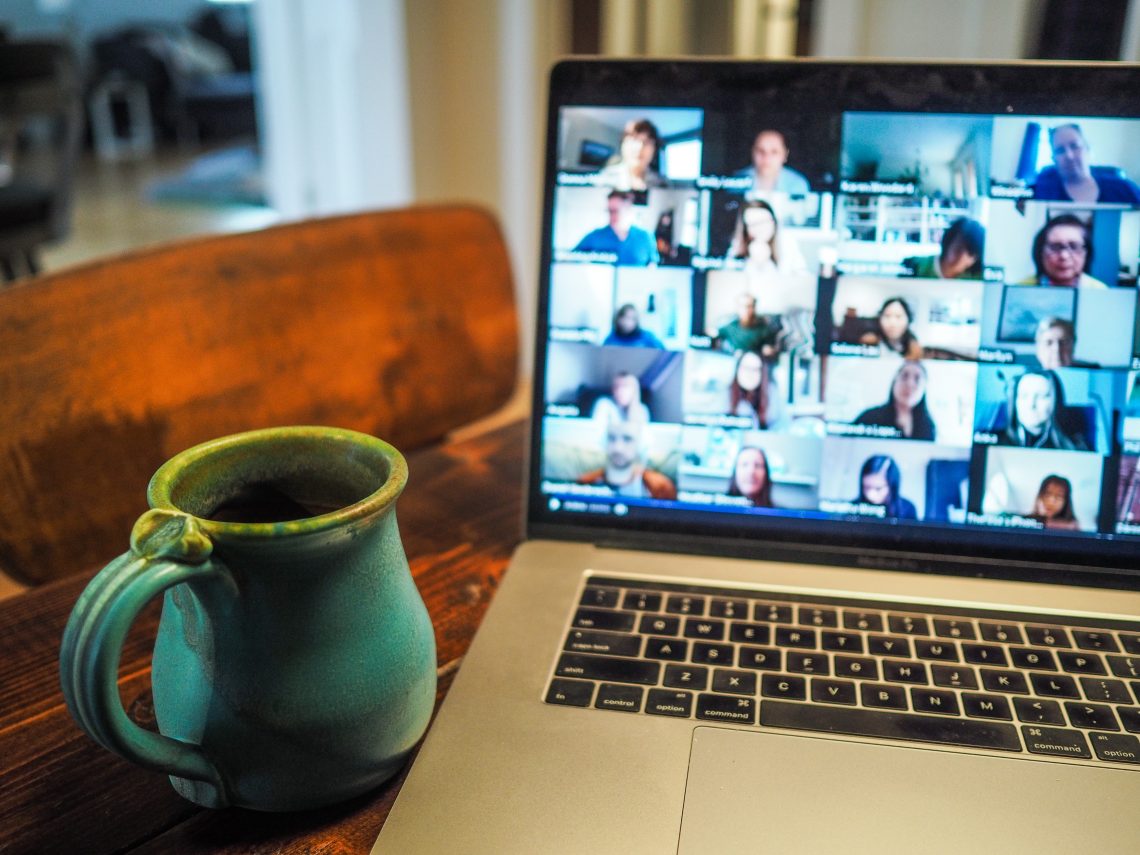
These are definitely unusual circumstances our world is facing. Many things are changing and altering our daily lives as a result of COVID-19, and the word “home” has a whole new meaning for many people as they follow Shelter-In orders. Some of the more frequent emotional responses to this have been grief, fear, frustration, restlessness, and anxiety. Grief seems to be the most common theme associated with the impacts of Coronavirus and social distancing. Whether you’ve experienced changes to a job, a special event, social life, etc., it is important to know that you are allowed to grieve, feel disappointed, and even angry. Sometimes we try to avoid and suppress these feelings, or minimize what we’re experiencing. It’s okay to grieve and let yourself mourn, and to do so without judgement of how you are managing the emotions.
Practice Self-Care and Stay Connected
In light of the changing circumstances and evolving nature of COVID-19, it is very important that we practice regular self-care. One area of self-care is staying connected to your social community. Video chats are a great way to keep in contact with others. This doesn’t have to just be sitting down while talking on the phone or computer, but you can also get creative with it and switch things up. Since we can’t meet someone for dinner, try cooking a meal while on video chat or working on a project while the other individual does the same. There is solidarity in social distancing, so make sure to stay connected to others. Another part of self-care is being intentional with your time, and you may find it helpful to limit how much news you read or listen to. Yes, it is important to be informed and be aware of what executive orders we need to follow. However, if you find yourself reading copious amounts of news articles and feeds that lead you into spiraling thoughts and increased anxiety, then it may be wise to set a cap on how much time is allowed for this.
Establish a Routine
In a time where routines and structure has been up-rooted, it’s important to focus on what you CAN control. Develop a new regimen during this season, including areas for completing tasks/work, creativity, rest, movement, and social interactions. This routine may be more of a loose structure or some or a more detailed outline for others. There is no wrong way of designing a routine, as long as you create one that works best for your needs. Working from home can definitely be a challenge, and it can be difficult to find the motivation for completing tasks and staying focused. To assist in motivation and task management, create an incentive plan and incorporate items that you can look forward to. This may include rewards like going on a walk, watching an episode of a TV show, taking a break for creative expression, or taking a break to have a video chat with someone. Is there a new skill or project that you have been wanting to try? This time can be used as an opportunity to learn and enhance those skills. Regardless of what your rewards and incentives you choose, making sure you’re setting aside time for movement is very important. Walking (while maintaining social distancing) can be helpful, as well as following workout or yoga videos online (especially videos from YouTube).
Practice Mindfulness for Reducing Anxiety
Mindfulness is a very effective tool used for reducing anxiety and centering your thoughts. While staying at home it can be easy to fall into a pattern of fixating on negative and anxious thoughts. During this time you may notice a visceral reaction to anxiety in your body, such as increased heart rate, shortness of breath, difficulty sleeping, muscle tension. The purpose of mindfulness is to practice focusing on the present moment and centering scattered or spiraling thoughts. Some helpful techniques include:
- Body and Senses Check:
- Say 5 things you see
- Say 5 things you can hear
- Say 5 things you can feel in your body
- Go through these items again but move to 4 things, 3 things, 2 things, and try to come up with a new list of items for each sense.
- Deep Breathing: There are different approaches to this, but a basic one starts with sitting or laying down in a relaxed position. Inhale slowly through your nose, and make sure the inhale is through the diaphragm and not just the upper chest. Pause and hold your breath when you finish inhaling, between 3-5 seconds depending on comfortability. Then slowly breath out until the very last drop is released. Repeat a few times to slow breathing (not too much to prevent dizziness).
- Helpful mindfulness resources:
Reach Out for Support
You are not alone in this. Not only can you look towards friends and family, but you can also reach out and talk to a mental health professional for support. If you are feeling overwhelmed by fear, anxiety, or grief, it’s okay to speak with a therapist and work through some of those emotions. Chicago Clinical Associates is available for telehealth services, via phone or video, and we are here to offer support and assistance during this time.